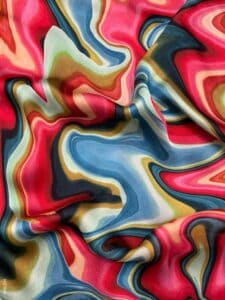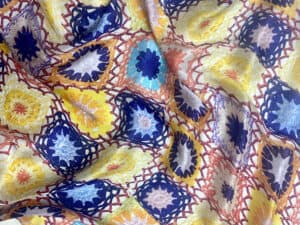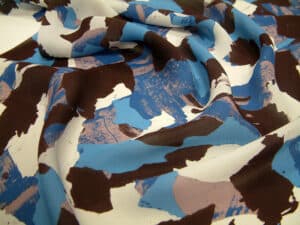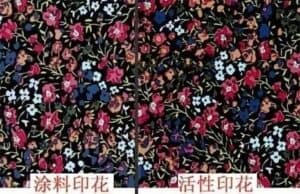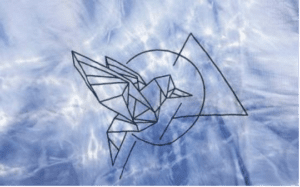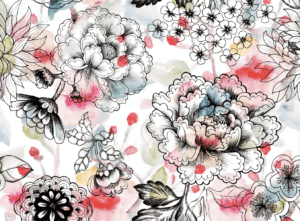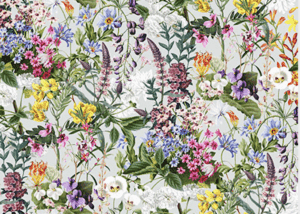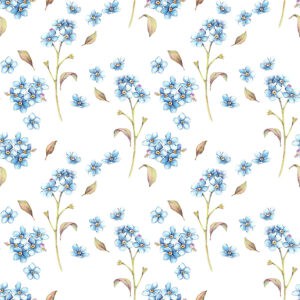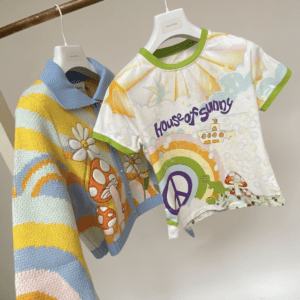
Classification and introduction of 12 synthetic fibres
Synthetic fibres are chemical fibres made from synthetic, linear polymers of suitable molecular weight and soluble (or fusible) properties, which are spun and shaped and post-treated. In contrast to natural and man-made fibres, the production of synthetic fibres is not restricted by natural conditions. In addition to the general superior performance of chemical fibres, such as high strength, light weight, easy to wash and dry, good elasticity, not afraid of mould and moth, etc., different varieties of synthetic fibres have certain unique properties.

